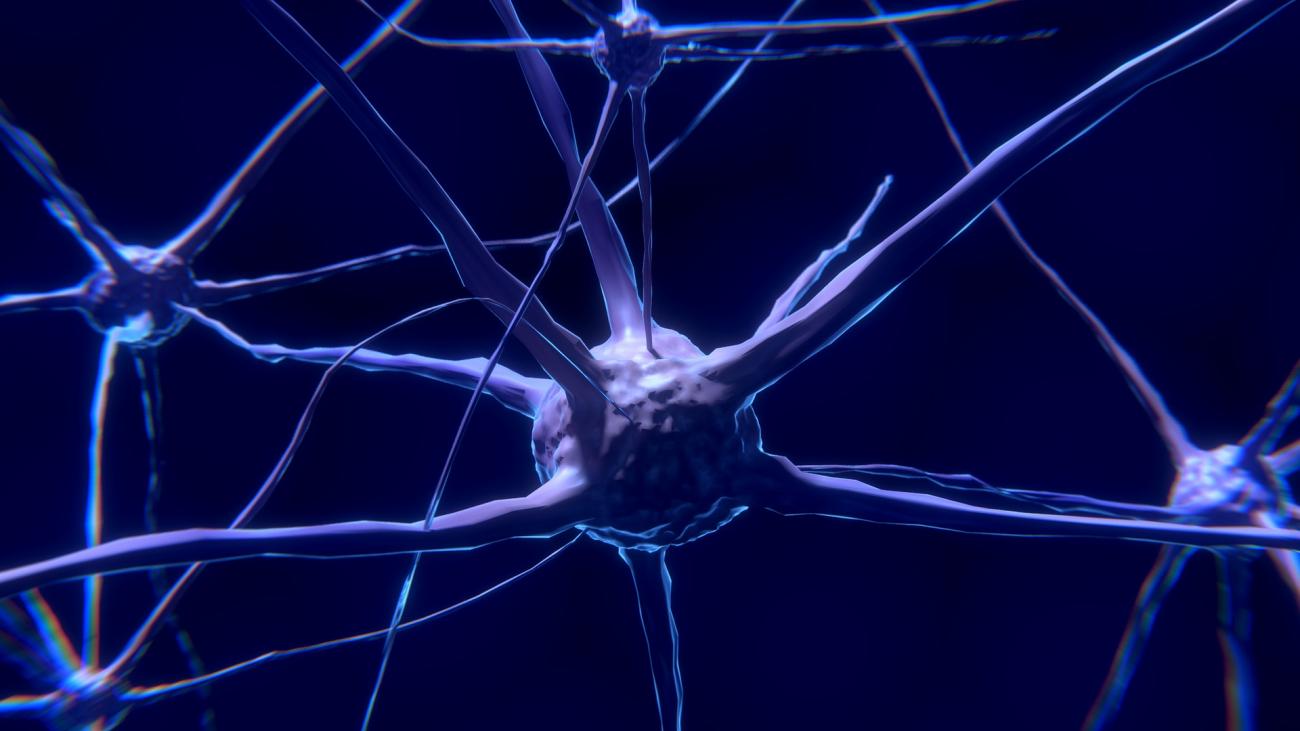Event Date and Time
Location
1103 Bioscience Research Building
Rhythm and the neural mechanics of active sensing
Neuronal oscillations reflecting synchronous, rhythmic fluctuation of neuron ensembles between high and low excitability states, dominate ambient activity in the sensory pathways. Because excitability determines the probability that neurons will respond to input, a top-down process like attention can use oscillations as “instruments” to amplify or suppress the brain’s representation of external events. That is, by tuning the frequency and phase of its rhythms to those of behaviorally and/or cognitively-relevant event streams, the brain can use its rhythms to parse and select event streams and to code and organize internal representations of them. In doing all of this, the brain is making temporal predictions. I will discuss findings from parallel experiments in humans and non-human primates that outline specific structural and functional components of this temporal prediction capacity. I will also discuss its possible generalization across temporal scales, as well as motor system contributions to sensory systems’ dynamics.




